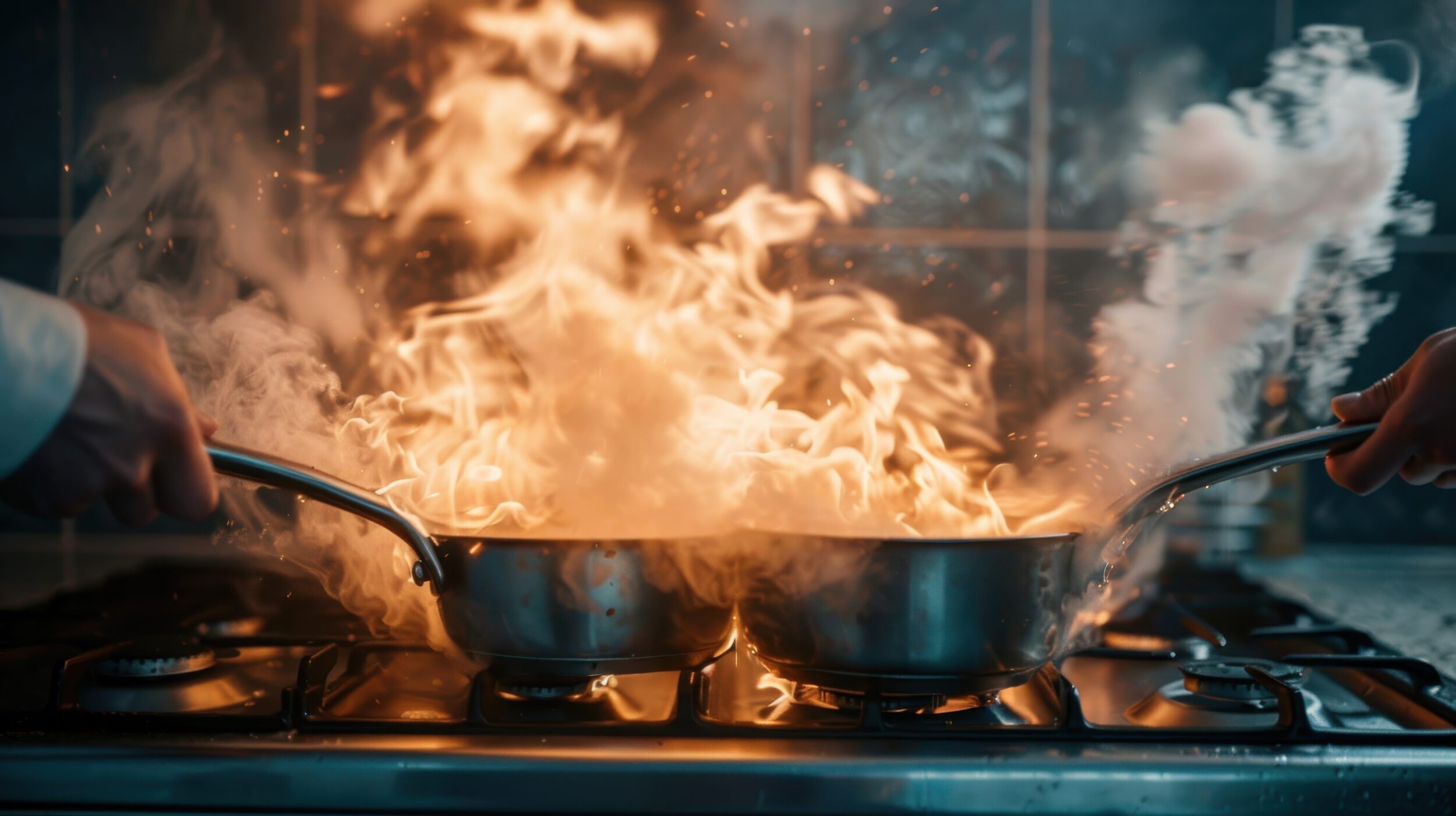Is it time to rethink chef rotation in yachting?

The yachting industry is renowned for its demanding schedules, high expectations, and unique working environment. And perhaps no department feels this pressure more acutely than the galley.
The relentless workload has left many yacht chefs struggling with burnout, anxiety and depression due to their work. While the industry is increasingly promoting positive mental health, is the galley being left behind?
A key factor in chef wellbeing and retention is rotation. At The Crew Hunter, within our specialist galley team we speak to chefs at all levels, and consistently find that the boats where individuals stay the longest are where there are better rotation practices in place. Traditionally, full rotation has mainly been reserved for more senior chefs. This perk is often seen as the pinnacle, a hard-earned reward for years of dedication and experience. Meanwhile, junior chefs, like 3rd chefs, often find themselves working significantly longer stints (up to 5:1) before getting a break.
The COVID-19 pandemic disrupted the industry and led many yachts to offer increased rotation packages to retain crew during a time of uncertainty. But five years on from the start of the pandemic, are these improved rotation packages here to stay, or are we seeing a regression to pre-pandemic norms?
Read more below and share your experience in our survey on chef rotation. Take part in our survey.
Extended periods on board, often with limited time off the vessel, especially when at anchor, can significantly impact junior chefs. Witnessing senior chefs enjoying regular breaks while they remain on board can lead to feelings of resentment and demotivation. Does this simply come with the territory of being a junior chef, or is it time to reconsider the impact of unequal rotation on morale and performance?
While some believe that regular breaks are crucial for preventing burnout and maintaining motivation, even at the early stages of a chef’s career, others argue that longer stints benefit younger chefs, providing invaluable experience and the opportunity to develop essential skills. Could extended time off actually hinder professional development by disrupting the learning process and reducing valuable time in the galley?

High turnover rates plague the yachting industry, and chef positions are no exception. Demoralised, demotivated and exhausted chefs are more likely to leave, leading to costly recruitment cycles and disruptions in service. Captains and yacht managers must weigh the financial and operational costs of replacing crew against the potential benefits of investing in better rotation and improved working conditions.
Could increasing overall rotation across the chef department lead to better retention? For example, if a yacht currently operates with three chefs on a 4:2 rotation, would hiring an additional chef and offering better rotation packages for all result in long-term cost savings and a more stable and content galley team?
For many Head Chefs, full rotation was hard-earned after years of toil. They may feel frustrated if this same benefit is readily offered to newer crew who haven’t ‘paid their dues’. Is it fair that newer crew get benefits that older chefs had to work years for? Or is this a necessary evolution to attract and retain talent?
This highlights a generational shift. Old-school management styles are giving way to more open communication, with Captains valuing crew feedback. Today’s yacht chefs are more vocal about their needs. Should Captains work more closely with their HODs to address challenges? And should Head Chefs prioritise crew wellbeing over replicating their own experiences as junior chefs?

Beyond rotation, the issue of working hours and rest for yacht chefs demands attention. Galley staff consistently work some of the longest hours on board, often exceeding 15-18 hours per day, especially on vessels with 24-hour service. How accurately are these hours being reported? Are yachts complying with legal requirements for rest periods?
The pressure to meet the ever-increasing demands of owners, guests, and crew can push galley teams to their limits, increasing the risk of accidents and burnout. A fatigued chef working in a high-pressure environment with sharp knives, hot ovens, and deep fat fryers is an accident waiting to happen. It’s crucial to address this issue and ensure that chefs receive adequate rest to maintain their health, well-being, and safety.
Ultimately, the optimal approach to chef rotation will vary depending on the specific needs and operational demands of each vessel. Every yacht is different, with varying sizes, programmes, and schedules, and different levels of owner and guest demands. There is no one-size-fits-all solution.
Finding the right balance requires careful consideration of various factors. On one hand, yachts must consider the financial implications of increased rotation, the potential impact on workload and resources, and the logistical challenges of managing a larger crew. On the other hand, improved rotation can boost morale and motivation, reduce turnover, and create a more positive and supportive work environment. Each yacht must weigh these factors against its unique operational needs and the expectations of its crew.
So, what’s the best way forward? How can yachts find the right balance between operational needs, crew welfare, and cost-effectiveness? Let us know your thoughts in our survey below.
Share your experiences and opinions on chef rotation in our survey. Your insights will help us gain a deeper understanding of this important issue and contribute to a more informed and balanced discussion within the yachting community.